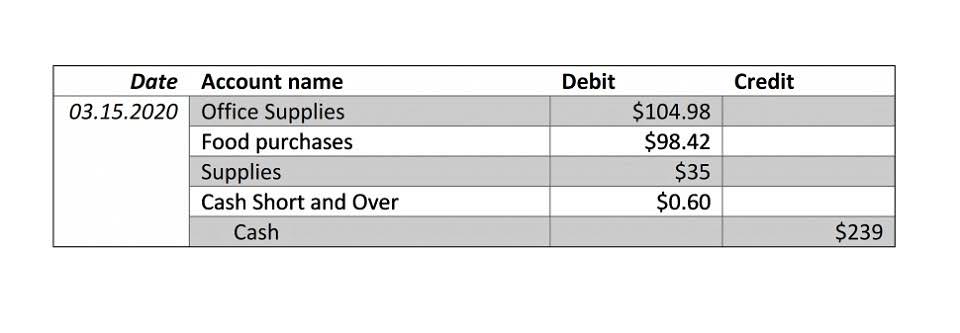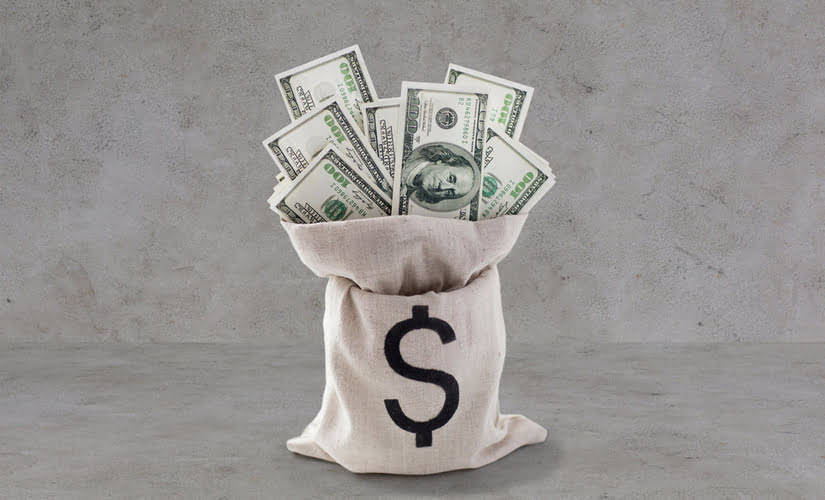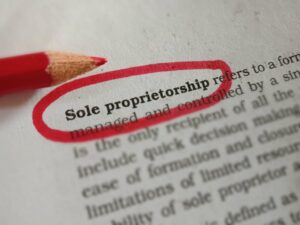
He has tested and review accounting software like QuickBooks and Xero, along with other small business tools. Eric also creates free accounting resources, including manuals, spreadsheet trackers, and templates, to support small business owners. To use the template above, all you need to do is modify the cells in blue, and Excel will automatically generate a depreciation schedule for you. If you need expert bookkeeping assistance, Bench can help you get your books in order while you focus on what’s important for your business. If the double-declining depreciation rate is 40%, the straight-line rate of depreciation shall be its half, i.e., 20%. The carrying value of an asset decreases more quickly in its earlier years under the straight line depreciation compared to the double-declining method.
Method 3 – Using VDB Function or Variable Declining Balance Function in Excel
- This is due to the straight-line rate can be easily determined through the estimated useful life of the fixed asset.
- Double Declining Balance Depreciation is a way to calculate how much value an asset loses over time.
- Also, most assets are utilized at a consistent rate over their useful lives, which does not reflect the rapid rate of depreciation resulting from this method.
- Using the DDB method allows the company to write off a larger portion of the car’s cost in the first few years.
- The company estimates that its useful life will be five years and its salvage value at the end of its useful life would be $1,250.
- Let’s assume that FitBuilders, a fictitious construction company, purchased a fixed asset worth $12,500 on Jan. 1, 2022.
The ending book value for the first year becomes the beginning book value for the second year, and so on. The double declining balance method is an accelerated depreciation method that multiplies twice the straight-line depreciation method. Through this example, we can see how the DDB method allocates a larger depreciation expense in the early years and gradually reduces it over the asset’s double declining balance method useful life. This approach matches the higher usage and faster depreciation of the car in its initial years, providing a more accurate reflection of its value on the company’s financial statements. The company can calculate declining balance depreciation for fixed assets with the formula of the net book value of fixed assets multiplying with the depreciation rate.

Double Declining Balance Method (DDB)

In that case, we will charge depreciation only for the time the asset was still in use (partial year). Like in the first year calculation, we will use a time factor for the number of months the asset was in use but multiply it by its carrying value at the start of the period instead of its cost. With the constant double depreciation rate and a successively lower depreciation base, charges calculated with this method continually drop.

Double Declining Depreciation Rate Calculation

In my experience, using the double declining balance method can help businesses manage their taxes effectively by allowing them to report lower profits in the early years of an asset’s life. In this case, the depreciation rate in the declining balance method can be determined by multiplying the straight-line rate by 2. For example, if the fixed asset’s useful life is 5 years, then the straight-line rate will be 20% per year. Likewise, the depreciation rate Restaurant Cash Flow Management in declining balance depreciation will be 40% (20% x 2). As seen in the formula of declining balance depreciation above, the company needs the deprecation rate in order to calculate the depreciation.
COMPANY
- At the beginning of the second year, the fixture’s book value will be $80,000, which is the cost of $100,000 minus the accumulated depreciation of $20,000.
- Explore how automation transforms finance from reactive to strategic, driving measurable value.
- This method allows businesses to write off more of an asset’s cost in the early years, which can help reduce taxable income during those years.
- DBM has pros and cons and is an ideal method for assets where technological obsolescence is very high.
- FitBuilders estimates that the residual or salvage value at the end of the fixed asset’s life is $1,250.
- Use the MACRS Depreciation Methods Table (in IRS Pub 946) to figure out the depreciation method of your asset.
At the last moment, to make the workbook Excel user-friendly we have added a Depreciation Calculator where you can quickly calculate your depreciation of a certain product. To accomplish the process, you have to put your data for, say, Initial Cost, Useful Life, and Salvage Value in the Depreciation Calculator. A higher salvage value might encourage refurbishing or resale, while industry trends and technological advancements can affect end-of-life worth. Businesses must consider these factors when estimating salvage values to maximize asset utility. Depreciation is charged according to the above method if book value is less than the salvage value of the asset. The total expense over the life of the asset will be the same under both approaches.
- This method can offer insights into the asset’s efficiency and contribute to more precise cost management.
- Also, if you want to know the other essential bookkeeping tasks aside from fixed asset accounting, you can read our piece on what bookkeeping is and what a bookkeeper does.
- For example, if an asset has a salvage value of $8000 and is valued in the books at $10,000 at the start of its last accounting year.
- The goal of the annuity method of depreciation is to achieve a steady rate of return on a property.
- It is expected that the fixtures will have no salvage value at the end of their useful life of 10 years.
- Depreciation is a fundamental concept in accounting that affects both financial statements and tax calculations.
Boost your confidence and master accounting skills effortlessly with CFI’s expert-led courses! Choose CFI for unparalleled industry expertise and hands-on learning that prepares you for real-world success. Imagine a company purchases office equipment for $10,000 with a useful life of five years. DDB is ideal for an asset that very rapidly loses its value or quickly becomes obsolete. This may be true with certain computer equipment, mobile devices, and other high-tech items, which are generally useful earlier on but become less so contra asset account as newer models are brought to market. Instead of multiplying by our fixed rate, we’ll link the end-of-period balance in Year 5 to our salvage value assumption.
- Imagine being able to maximize your tax deductions and improve your cash flow in the initial years of an asset’s life.
- Depreciation is the process of allocating the cost of a tangible asset over its useful life.
- This approach is useful when the asset’s wear and tear correlate directly with its activity level.
- In the accounting period in which an asset is acquired, the depreciation expense calculation needs to account for the fact that the asset has been available only for a part of the period (partial year).
- It doesn’t always use assets’ salvage value (or residual value) while computing the depreciation.
Example 1: Double-Declining Depreciation in First Period
It is expected that the fixtures will have no salvage value at the end of their useful life of 10 years. Under the straight-line method, the 10-year life means the asset’s annual depreciation will be 10% of the asset’s cost. Under the double declining balance method the 10% straight line rate is doubled to 20%.